“That’s no moon…”
But in this case, it is (sorry Ben), and that Moon is headed to temporarily obliterate (occult) the view of the bright star Aldebaran as seen from the Earth on the evening of January 19th and into the morning of the 20th.
Here are the specifics. Not to be confused with Princess Leia’s homeworld of Alderaan of Star Wars science fiction fame, the occultation of the bright star Aldebaran in the astronomical constellation Taurus occurs on the night of Tuesday, January 19th and finds the waxing gibbous the Moon 82% illuminated and four days from the first Full Moon of the year on January 24th. This is also the first of 13 occultations of Aldebaran for the year 2016, one for even lunation. Evening occultations are particularly favorable, as the star in question always disappears along the leading edge dark limb of the Moon, to reappear along its daytime limb. Once the Moon is waning, the reverse is true, as the bright limb then leads towards New phase.
We’ve caught occultations of bright stars very near Full, and can attest that it is indeed possible to follow a +1st magnitude star all the way to the lunar limb.
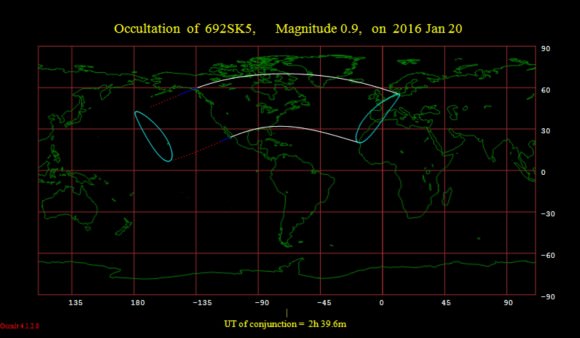
The occultation footprint runs across the nighttime northern hemisphere from the early morning hours in western Europe and the United Kingdom across the northern Atlantic, across the contiguous ‘lower 48’ states of of U.S. to Canada and northern Mexico. It actually juuuust misses us here down in sunny Florida, one of the few states that will miss out on the event. This is the best placed occultation of Aldebaran for 2016 for most North American viewers, falling during early evening prime time hours high in the post twilight sky.
Here’s the timing for the ingress (beginning) and egress (end) for the occultation for selected cities; the International Occultation Timing Association (IOTA) has an extensive table of times for cities within the occultation path. (all quoted using Universal Time(UT), plus altitude (alt) in degrees (deg) :
London
Ingress: 3:25 UT/alt: 6 deg
Egress: 3:57 UT/alt: 2 deg
Atlanta
Ingress: 2:22 UT/73 deg
Egress: 3:06 UT/70 deg
Boston
Ingress: 2:35 UT/60 deg
Egress: 3:47 UT/50 deg
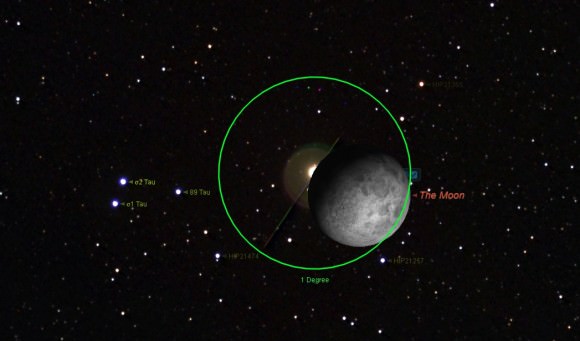
Los Angeles
Ingress: 1:05 UT/40 deg
Egress: 2:13 UT/54 deg
Montreal
Ingress: 2:28 UT/59 deg
Egress: 3:42 UT/51 deg
Halifax
Ingress: 2:46 UT/53 deg
Egress: 3:57 UT/43 deg
Note that precise times for the event change slightly due to the position of the observer within various time zones, as well as the parallax shift of the Moon as seen from the Earth.
Occultations always give us a chance to analyze the target star for any possible close in binary companions, as the star winks out in a tell tale step-wise fashion. Aldebaran has no known close companion star, though spurious claims have been made for planets orbiting the star over the years. 65 light years distant, Aldebaran is in the direction of the Hyades star cluster in the distant galactic background, though it is physically unrelated to the group, which is 153 light years from the Earth. This also means that several bright stars in the Hyades get occulted by the Moon as well on Tuesday night, as the Moon makes its way to Aldebaran and its date with astronomical destiny.
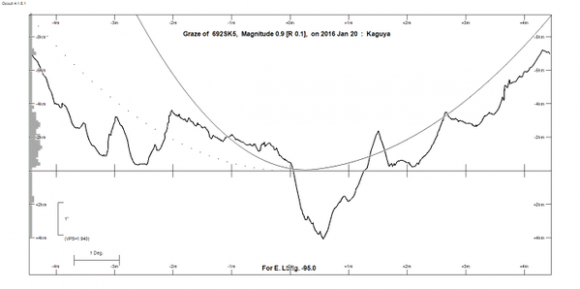
An occultation of a bright star by the Moon also allows selenographers to map out the profile of the jagged lunar limb, as light from the distant star is alternately shines through the valleys and is occluded mountain peaks along the edge of the relatively nearby Moon. This effect can be especially dramatic for observers positioned along the graze line, which on Tuesday night runs from southern Georgia through southern Texas into northern Mexico, across to Baja California.
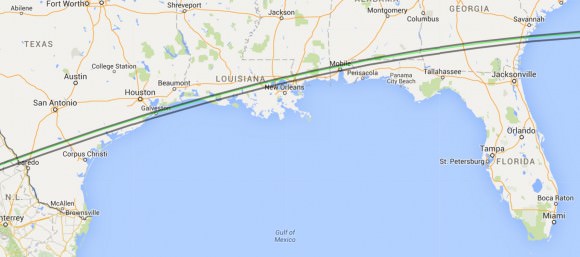
Recording the occultation is as simple as aiming a video camera coupled to a telescope at the Moon at the appointed time, and running video. Start early, and you may want to overexpose the waxing gibbous Moon a bit to bring out Aldebaran. We managed to nab the 2008 occultation of Antares by the nearly Full Moon using a simple JVC video camera and an 8” Schmidt-Cassegrain telescope.
The event will be easily visible using binoculars, and should even be noticeable to the unaided eye.
That’s it for this week in ‘things passing in front of each other…’ In astronomy, lots can be learn just from analyzing light, or in this case, the absence of it. What good are occultations? Well, they might just save your not-so-secret rebel base from immediate annihilation:
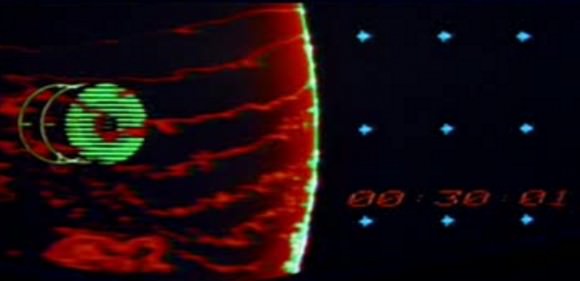
And watch that Moon, as there will be another good occultation of Aldebaran shifted just slightly westward next lunation on February 16th, 2016.
More to come!

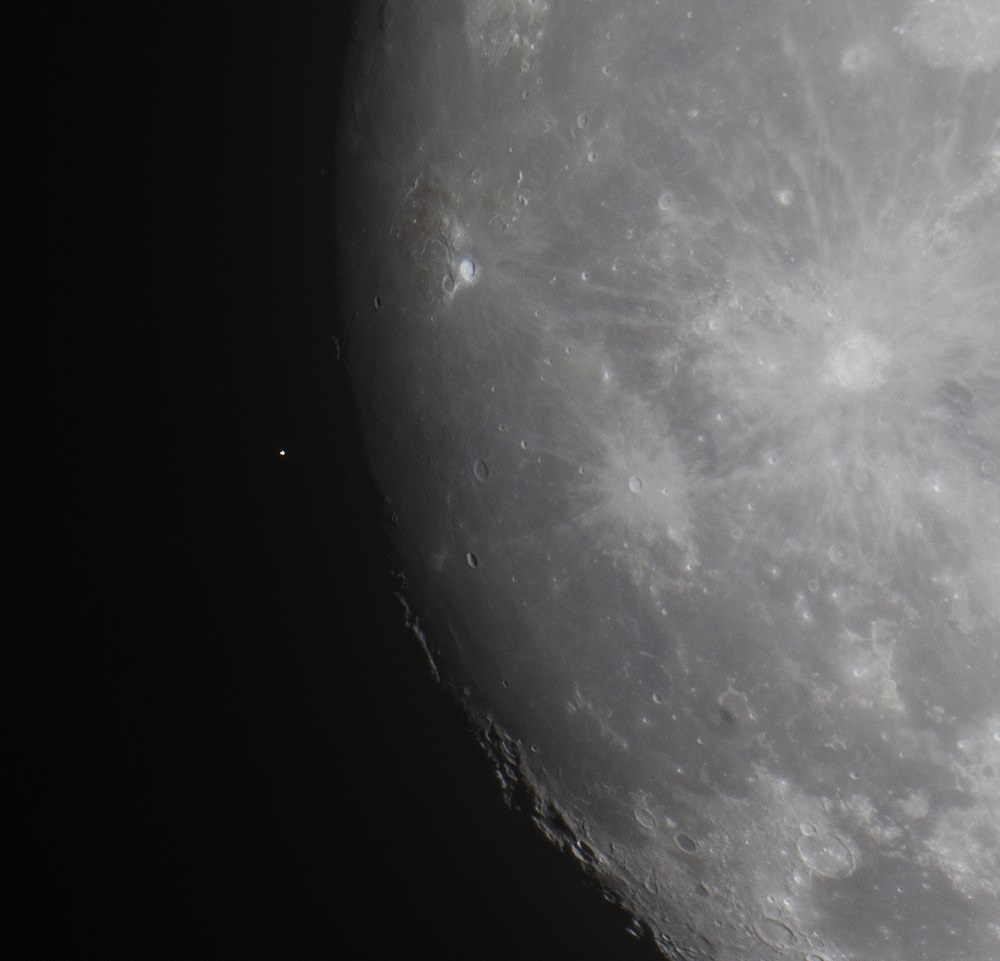
Clouds and rain and clouds and rain and etc. It’s been over a month since our last clear sky/night. Our WX prediction is for more of the same for at least another month and maybe all the way into April? Dzzzz…
Usually during the winter months we get clear breaks between rain bouts… but not this year. It’s been solid YUCK! I’ll mark the date/time anyway ‘just in case’.
The monthly occasion. Probably cloudy in Israel and no occultation anyway, but I will try to grab some photos if possible. Last month 23-Dec-2015 was very nice
The monthly occasion. Probably cloudy in Israel and no occultation anyway, the smallest distance will be 2deg and that in 2am. I will skip this one.